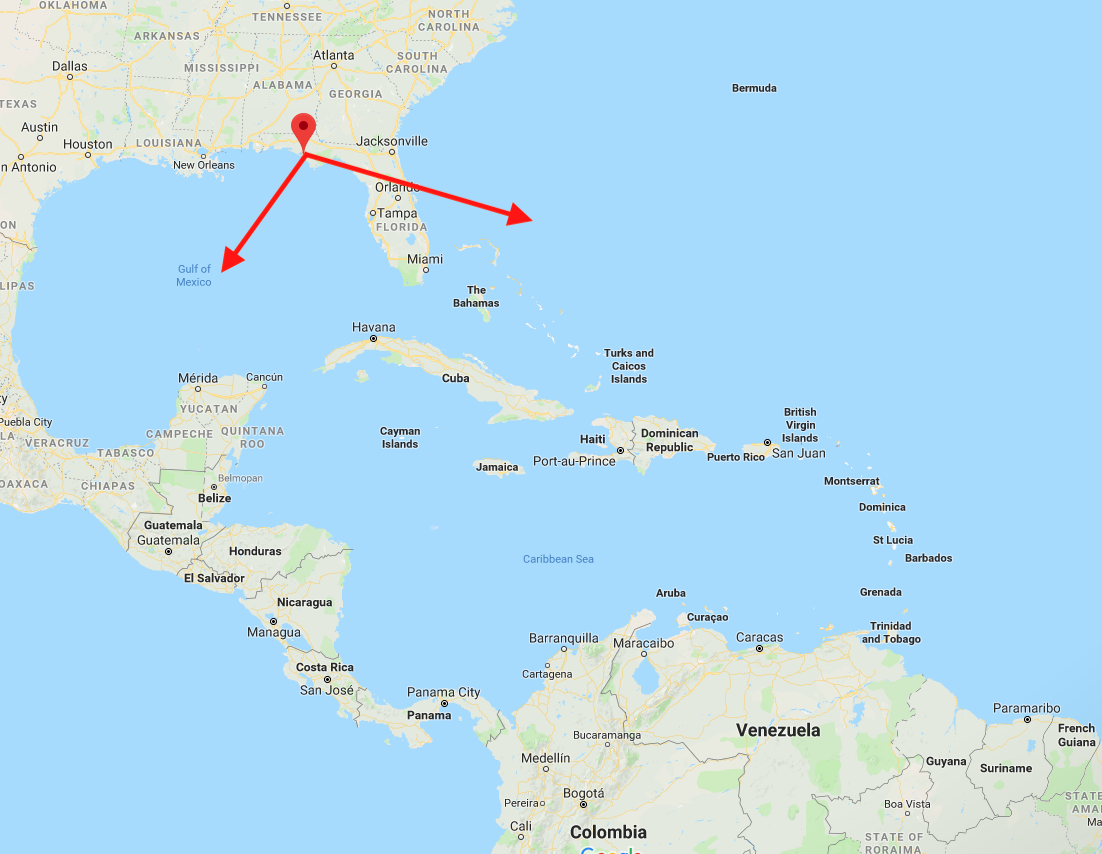Russia’s deployment of two Tu-160 strategic bombers to Venezuela is unlikely to pose a threat to the United States. But those bombers should meet U.S. Air Force intercepts if they are flown toward U.S. air identification zones in the Gulf of Mexico or off Florida’s east coast.
The key here is calibration. If Russia keeps the Tu-160s in the Caribbean Sea or to airspace off Venezuela’s coast, the U.S. should ignore them. To launch fighter intercepts in this scenario would be to give easy propaganda to Russia and Venezuela. The possibly psychotic Venezuelan president, Nicolas Maduro, is constantly whipping up his base with warnings of imminent “Yankee aggression.” As such, any U.S. military intercept off Venezuela’s territory would assist the despot rather than counter him. Instead, the U.S. should work alongside regional actors such as Colombia and Brazil to escalate diplomatic pressure on Maduro’s regime.
Different action is required if the Russians decide to fly the Tu-160s closer to the U.S. In that case, the U.S. could launch F-22 fighter jets from Tyndall Air Force Base in Florida. As shown below, Tyndall is positioned for easy intercepts in the Atlantic or Gulf of Mexico. And as the pinnacle of fighter aircraft, the F-22 would represent the perfect rejoinder to the Soviet-era Tu-160. The dichotomy between the F-22’s immense lethality and the Tu-160’s creaking reality is striking.

It speaks volumes about his foreign policy that Russian President Vladimir Putin sees Maduro as a close friend. That said, America shouldn’t dance to Putin’s music here. If the Russian leader wants to waste fuel flying his bombers around the Caribbean, let him. But if Putin wants to push the line toward threatening U.S. territory, his forces can easily find their American overmatch.

